Astronomers have used NASA’s James Webb Space Telescope (JWST) to study the first asteroid belt outside our solar system in infrared light. The belt is around a nearby young star called Fomalhaut, and it’s much more complex than the asteroid belts of our solar system.
The belts are made of debris from collisions of larger bodies, similar to asteroids and comets, and are often called “debris disks.” They encircle Fomalhaut and are believed to be carved by the gravitational forces produced by unseen planets.
Overall, there are three nested belts extending out to 14 billion miles from the star, which is much farther than our own Kuiper Belt of small bodies and cold dust beyond Neptune. The innermost belts have never been seen before, and the JWST is revealing them for the first time in infrared light.
Astronomers say the belts around Fomalhaut are like a mystery novel, as they are much more complex than scientists had anticipated. The telescopes used in the past had only been able to image the outermost belt. However, the JWST was able to physically resolve the thermal glow from dust in the inner regions of the belts, which revealed their structures.
“Where Webb really excels is that we’re able to physically resolve the thermal glow from dust in those inner regions. So you can see inner belts that we could never see before,” said Schuyler Wolff, a member of the research team at the University of Arizona, in a NASA release. “We definitely didn’t expect the more complex structure with the second intermediate belt and then the broader asteroid belt. That structure is very exciting because any time an astronomer sees a gap and rings in a disk, they say, ‘There could be an embedded planet shaping the rings!’”
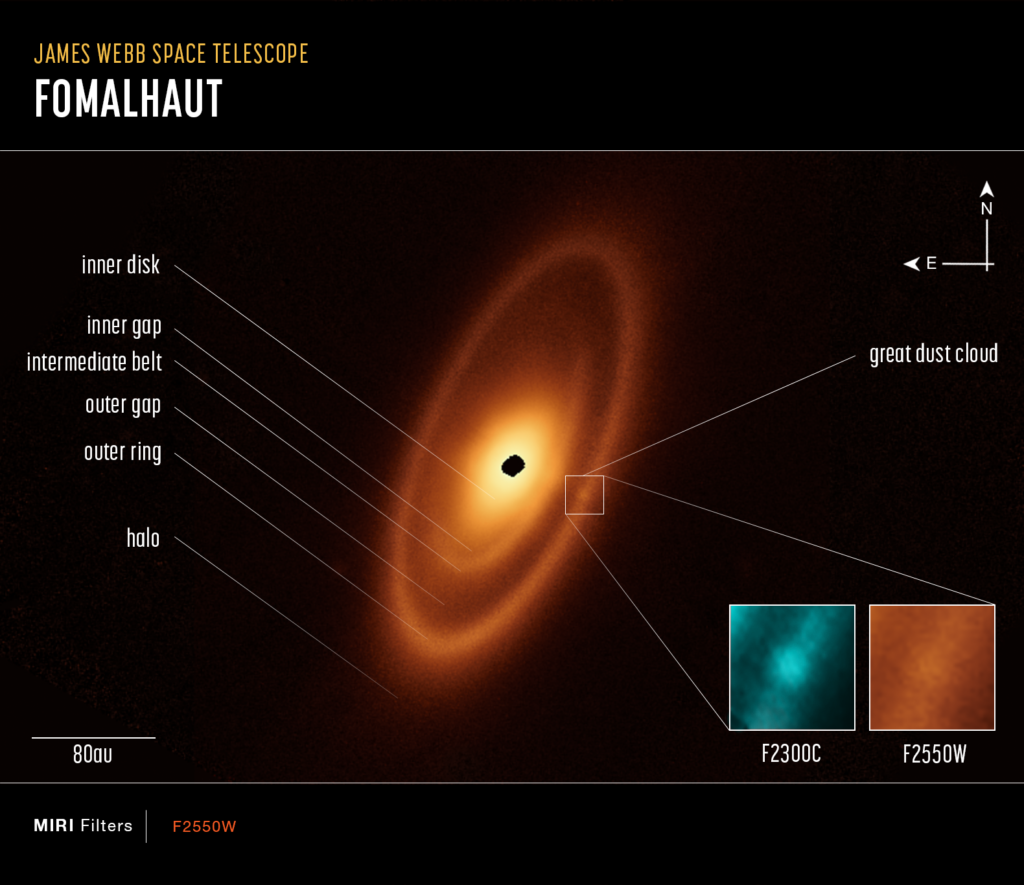
The research team believes that there is probably a really interesting planetary system around the star, as the belts are most likely carved by the gravitational forces produced by unseen planets.
“I would describe Fomalhaut as the archetype of debris disks found elsewhere in our galaxy, because it has components similar to those we have in our own planetary system,” said András Gáspár of the University of Arizona in Tucson and lead author of the research. “By looking at the patterns in these rings, we can actually start to make a little sketch of what a planetary system ought to look like – If we could actually take a deep enough picture to see the suspected planets.”
The team’s results published in the journal Nature Astronomy.
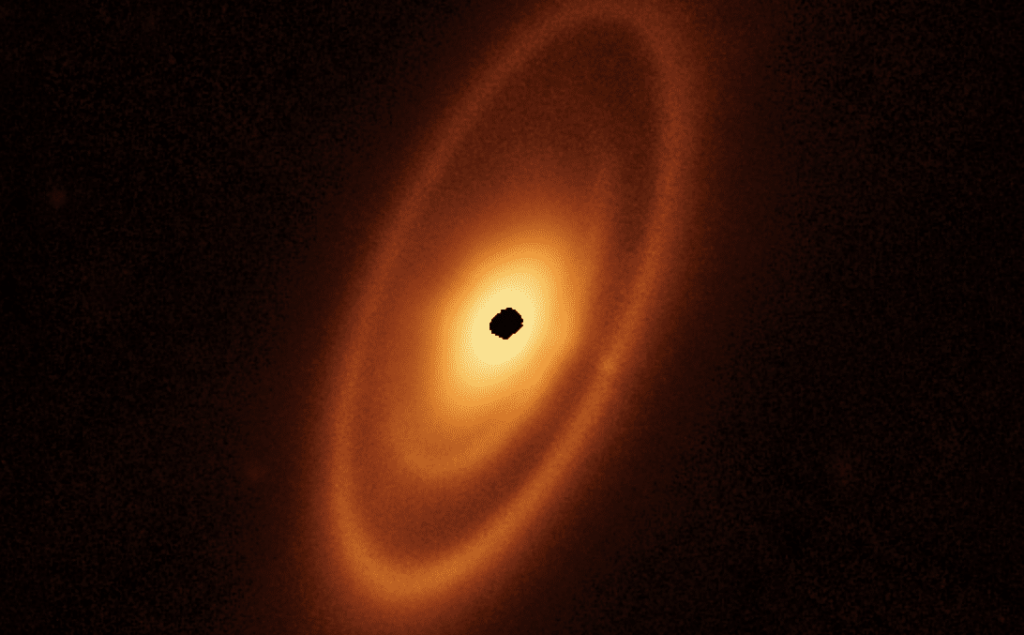



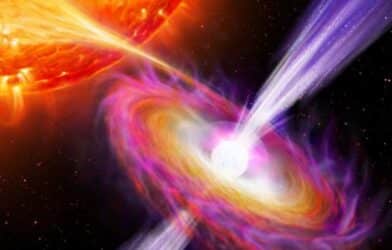
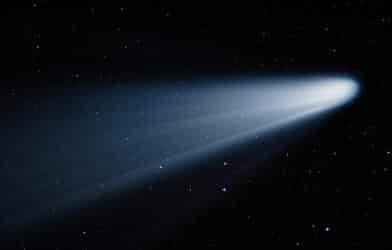
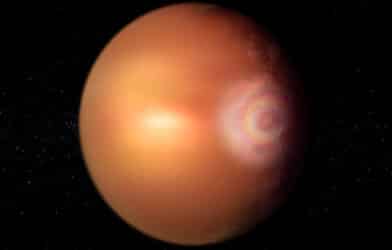




-392x250.png)
